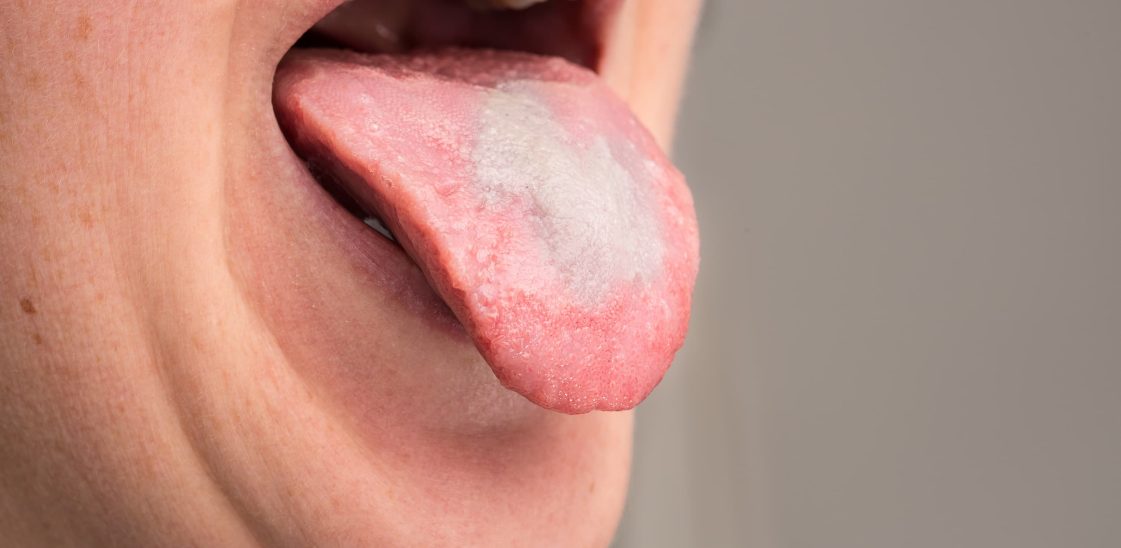
What does oral thrush look like?
There are many conditions that can affect your oral and dental health, and one of them is oral thrush. Below, we look at what oral thrush really is and how it looks if you have it. If after reading this you think you might have oral thrush, seek advice from your GP.
Keep reading to learn more.
What is oral thrush?
Caused by a fungus known as Candida, oral thrush is an infection of the mouth. Babies get it often, but anyone can have oral thrush. You may be more likely to get it if:
- You have dentures or dental implants
- You use inhalers such as those for asthma
- You have a weak immune system (for example, if you’re going through chemotherapy)
- You’re taking a prolonged course of antibiotics.
In the vast majority of cases, oral thrush is nothing to worry about and can be treated easily. You can reduce your risk of developing the infection by looking after your mouth and teeth with a thorough oral hygiene routine.
What does that mean? Well, remember that your teeth aren’t the only part of your mouth that comes into contact with food regularly. Your tongue is also heavily involved, so it’s important to make sure you clean your tongue.[1]
To make cleaning your tongue easier, choose a dedicated tool like the Orabrush tongue scraper, which is modelled on dentists’ equipment to help remove bacteria and achieve a deep and refreshing clean.
What does oral thrush look like in the mouth?
In order to get treatment for an oral thrush infection, first you’ll need to spot it. Fortunately, it can have a distinctive look that makes it simple for you to tell something’s amiss.[1]
Red mouth, white patches
When you have oral thrush as an adult, the most obvious signs to look out for are these. The inside of your mouth will typically look more reddened than usual, as though it’s inflamed. Plus, you’ll likely see white patches speckled over the skin of the inside of your mouth. When you try to wipe them away, they leave a red patch behind which may bleed.[1]
White patches in your mouth can sometimes be a sign of other conditions. Most notably, leukoplakia, which comes from the Latin meaning ‘white patch’, can often be mistaken for oral thrush. The key difference is as follows:[2]
- If the patches can be wiped away with a soft toothbrush – it’s likely to be oral thrush
- If the patches can’t be wiped away – it’s likely to be leukoplakia.[1,2]
Neither condition is serious usually, but it can be helpful to know how to tell them apart. Not sure which you have? Your dentist will be able to examine your mouth and help you find out.[1,2]
Other symptoms of oral thrush
While having a reddened mouth with white patches is a good indicator of oral thrush, it’s not the only symptom the infection can cause. These side effects could have an impact on your day-to-day habits and make treatment necessary.
- Difficulty in eating and drinking as normal
- Mouth pain – which may present as sore gums or a sore tongue, for example
- Lacking a sense of taste OR having an unpleasant taste in your mouth
- Cracks at the corner of your mouth.
Oral thrush can be unpleasant to deal with, but there are treatments available to take care of the infection, as well as things you can do to reduce your risk of getting it. A comprehensive, healthy dental hygiene routine is a must, whether you think you might have oral thrush or not.[1]
Resources
[1] – https://www.nhs.uk/conditions/oral-thrush-mouth-thrush/




